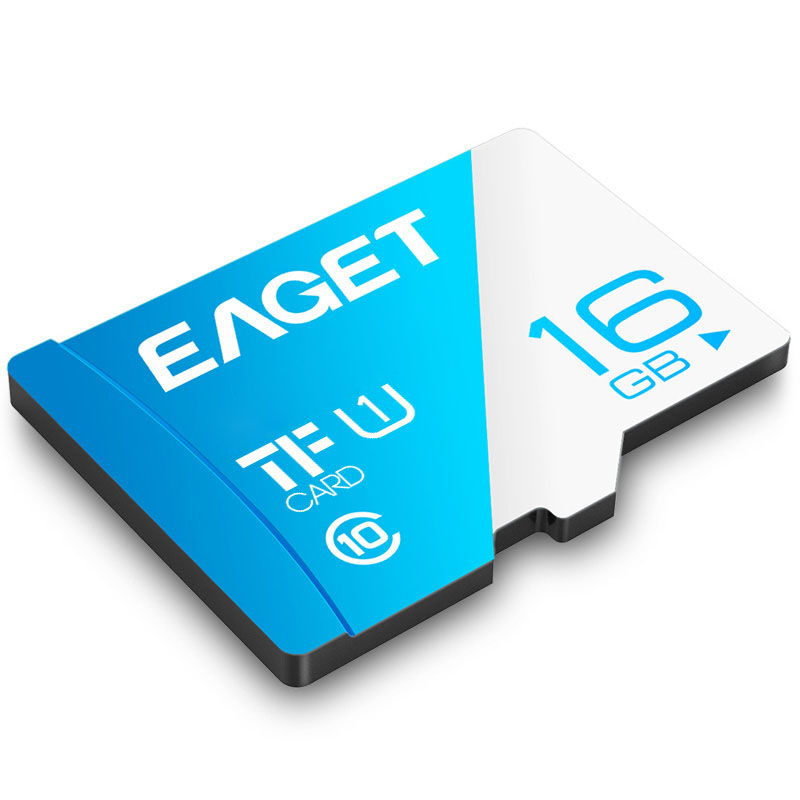SD memory cards have come a long way since their inception, evolving from simple data storage solutions to sophisticated and versatile tools. As technology continues to advance, let’s delve into the future of SD memory cards, exploring emerging trends and innovations that will shape their trajectory.
Introduction: The journey of SD memory cards has been marked by continuous innovation, enabling them to keep up with the demands of modern data-intensive applications. Looking ahead, several trends and technological advancements are poised to redefine the capabilities of these compact storage devices.
1. Capacity Expansion: As media content continues to grow in size and quality, the demand for higher-capacity SD cards will surge. Manufacturers are exploring innovative techniques to pack more storage into the same form factor. This trend will cater to the needs of professionals dealing with 8K video, RAW photography, and other data-intensive tasks.
2. Speed Revolution: Data transfer speeds have been a focal point of SD card development. The upcoming generations of SD cards will leverage advanced interfaces like PCIe and NVMe to achieve unprecedented speeds, rivaling those of traditional SSDs. This will benefit content creators, gamers, and users who rely on quick data access.
3. AI-Enhanced Functionality: The integration of AI capabilities directly into SD cards holds exciting potential. Cards equipped with onboard AI processing could facilitate real-time data analysis, offering benefits such as improved image recognition, enhanced security, and optimized content organization.
4. Enhanced Data Security: With data privacy concerns growing, SD cards are likely to incorporate more robust encryption mechanisms to protect sensitive information. Biometric authentication and hardware-based encryption could become standard features, providing an extra layer of security for users’ data.
5. Sustainable Design: As environmental consciousness rises, manufacturers will prioritize eco-friendly designs for SD cards. This could involve using recycled materials, optimizing power consumption, and implementing sustainable manufacturing practices.
6. Cross-Device Compatibility: The future of SD cards may involve seamless compatibility with a wide range of devices, beyond cameras and smartphones. This could extend to smart home devices, wearables, and even automotive systems, creating a unified ecosystem for data storage and sharing.
Conclusion: The trajectory of SD memory cards is exciting, with numerous trends and innovations set to reshape their capabilities and functionality. As the digital landscape evolves, these advancements will ensure that SD cards continue to be integral tools for professionals, enthusiasts, and everyday users alike, empowering them to capture, store, and share their digital experiences with greater ease and efficiency.








